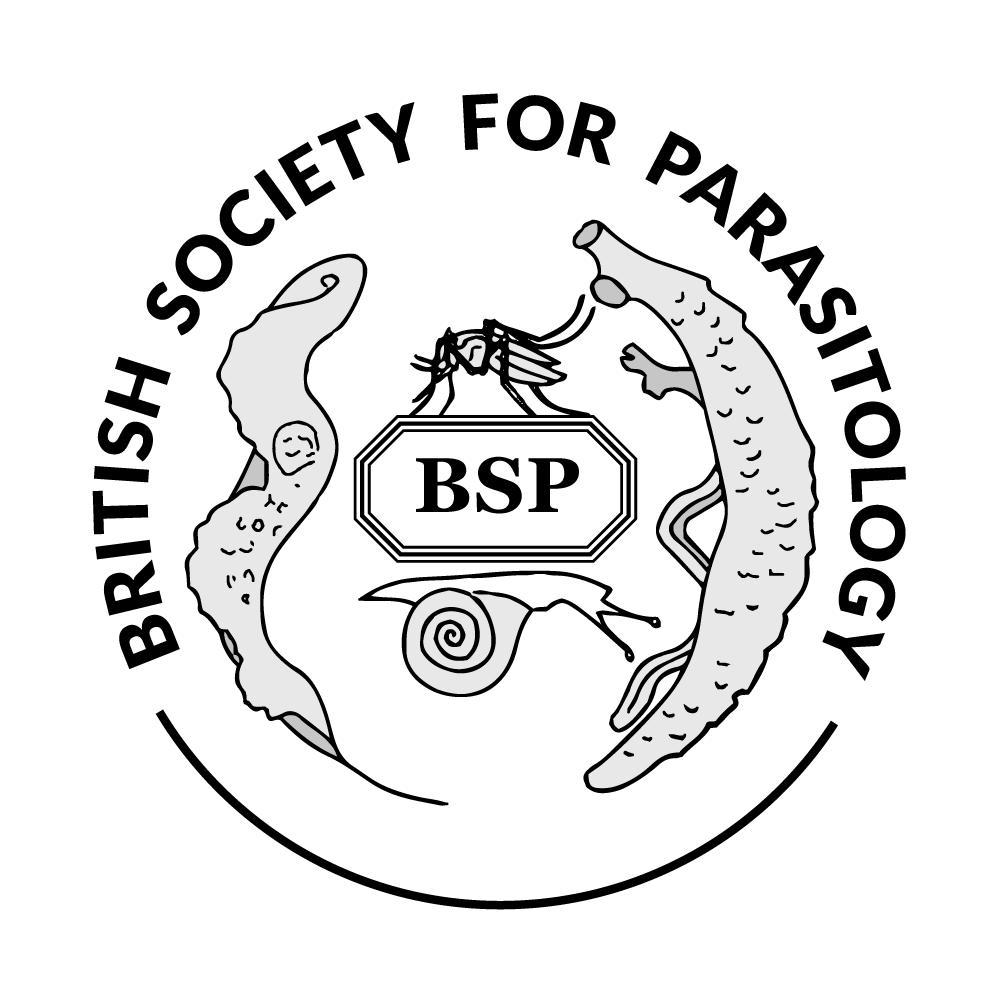Authors
R Pleass1; P A Blundell1; S Haslam2; A Dell2; D Lu2; 1 Department of Parasitology, Liverpool School of Tropical Medicine, UK; 2 Dept. Life Sciences, Imperial College, University of London, UKDiscussion
In therapeutic applications where the Fc of IgG is critically important, the receptor binding and functional properties of the Fc are lost after deglycosylation, or removal of the unique Asn297 sequon. A population of Fc-bearing sialylated glycans has been identified as contributing to this functionality, and high levels of sialylation also lead to longer serum retention times which are advantageous for therapy. The efficacy of sialylated Fc has generated an incentive to modify the unique N-linked glycosylation site at Asn297, either through chemical and enzymatic methods, or by mutagenesis of the Fc that disrupts the protein Asn297-carbohydrate interface. Here we took an alternative approach, by inserting or deleting N-linked attachment sites into the body of the Fc, to generate a portfolio of mutants with tailored effector functions. For example, we describe mutants with enhanced binding to low-affinity inhibitory human Fc and glycan receptors that may be usefully incorporated into existing antibody engineering approaches to treat or vaccinate against disease. The IgG1-Fc mutants containing complex sialylated glycans attached to the N-terminal Asn221 sequon bound hemagglutinin and may disrupt influenza A-mediated agglutination of erythrocytes and 293T cells
